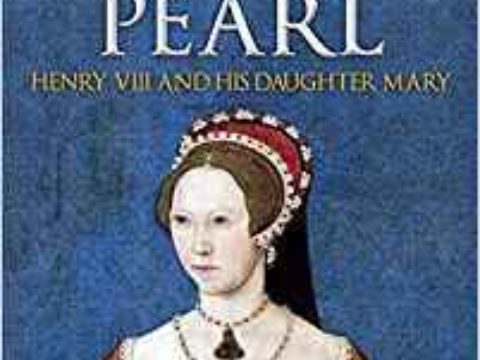Margaret Plantagenet: Life Story
Chapter 2 : Tudor Matron (1487 – 1504)
In the aftermath of the Battle of Stoke, Henry VII was keener than ever to prevent any risk of Yorkist heirs popping up. His sister-in-law, Cicely of York, was married to the Tudor stalwart John, Viscount Welles, Henry's half-uncle, and Margaret was given in marriage to Sir Richard Pole. The marriage date of Margaret and Richard is usually given as 1491, but her biographer, Hazel Pierce, has made an excellent case for it being 1487, as a result of the Simnel rebellion.
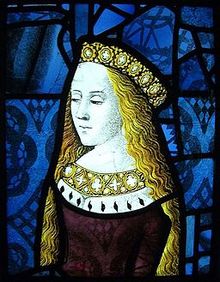
It was later suggested that Margaret was "disparaged" by the marriage – that is, her royal blood was sullied by a match to such a low-born man, however, that is not entirely fair. Sir Richard, knighted after the Battle of Stoke, was Henry VII's half-cousin, and though not of royal blood, he was much favoured by the King and given many honourable positions.
Sir Richard was around fifteen or sixteen years older than Margaret. His father, Geoffrey, had been a trusted councillor of Jasper Tudor, Earl of Pembroke, and his mother, Edith St John, was Margaret Beaufort's much-cherished half-sister. Nevertheless, Margaret, whose father's income had been £6,000 per annum, might have been a little disgruntled at a husband whose landed wealth amounted to no more than £50. Margaret had no dowry, however, so this was a slight improvement over dependence on Henry and Elizabeth.
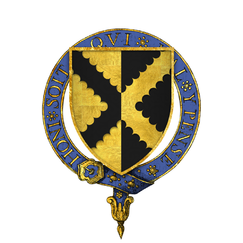
In order to maintain his royally-connected bride, Sir Richard was given two more manors, bringing his income up to the pleasant, but hardly princely, sum of £170 per annum, supplemented by the income from his various offices.
Initially, Margaret lived on her husband's manor of Bockmer, Buckinghamshire, but was still present at court from time to time, in attendance on both Queen Elizabeth and Lady Margaret Beaufort at the Feast of St George in April 1488, and at Christmas that year. Her name appeared after the Queen's sisters and the other peeresses. In 1493, Margaret received the uncharacteristically generous present of £20 from Henry VII, perhaps as an adjunct to Richard's appointment to the prestigious office of Chamberlain to Arthur, Prince of Wales.
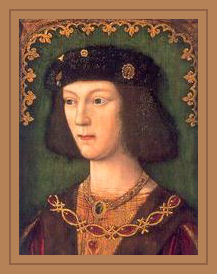
It is likely, (although the exact timings are disputed) that it was at this time that Arthur's independent household was set up at Ludlow. Margaret and Richard moved Staffordshire, being granted the use of Stourton Castle, near Kinver. Richard had a number of offices in Wales, in addition to the position as Chamberlain: Sheriff of Merioneth, Constable of Harlech Castle and later Constable of North Wales, and Constable of Chester, and this location would enable him to be on hand to perform his duties.
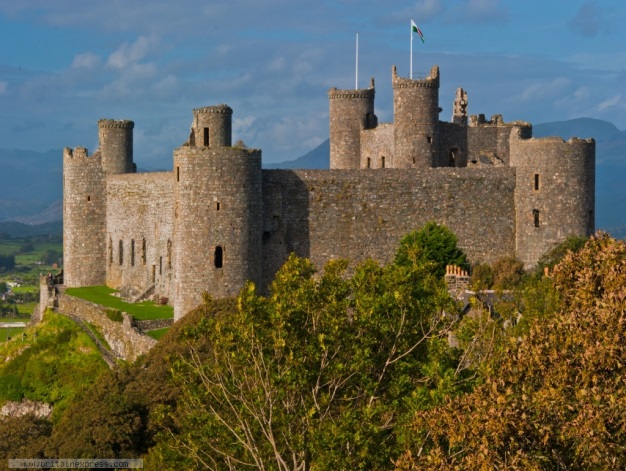
Throughout the 1490s Richard was busy on royal business, travelling around the kingdom, and taking part in Henry VII's few foreign forays to Brittany and France. He was also honoured in 1499 by being appointed as a Knight of the Garter. Membership of the Order of the Garter was a most prestigious accolade, and Richard, a few years later, was noted as "rychly arayed in his Coller" at the proxy wedding of Henry VII's daughter (yet another Margaret) to James IV of Scotland.
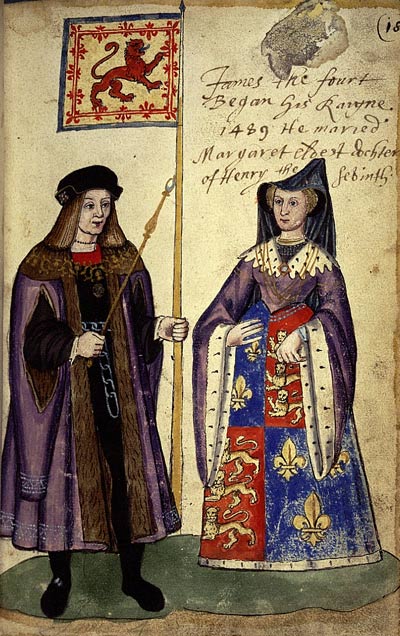
Margaret's first son had been born in 1492, and named, not surprisingly, Henry. Her next three children, Arthur, Reginald and Ursula were born at intervals up to 1500 and her last son, Geoffrey in 1504. There may have been another daughter who died young.
These tranquil years, spent between the Welsh Marches, the Court and the Pole manor at Bockmer were rudely interrupted in 1499 when, as a result of the long-drawn out Perkin Warbeck affair, her brother, Warwick, was executed.
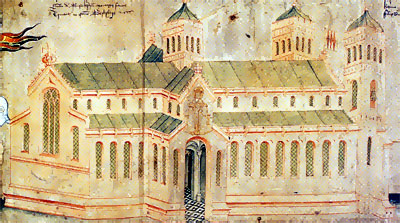
The treatment of Warwick is a dark stain on Henry VII's reign, and something he apparently felt guilty about later. The Earl, confined to the Tower since 1486, had not been properly educated or attended, and it is almost certain that the attempted escape with Warbeck, for which he was charged with treason, was a put-up job. Henry VII at least had the grace to have Warwick properly interred at Bisham Priory, resting place of the Earls of Salisbury, and paid for the funeral.
Another person who claimed later to feel guilt over Warwick's death was Katharine of Aragon, whose parents, Ferdinand and Isabella, had insinuated that the marriage between Katharine and Prince Arthur could not take place whilst there was the least risk to Henry's throne.
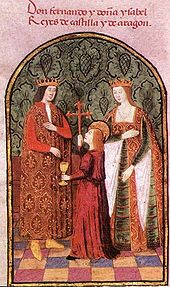
There is no record of Margaret's reaction, but it seems reasonable to suppose that she was deeply upset by the loss of her brother in such tragic circumstances. Her later petition to Henry VIII for the restoration of the Earldom of Salisbury proclaims her belief that, if he had been drawn into treason, it was through innocence and ignorance. Warwick's attainder for treason meant that his inheritance was confiscated, so Margaret, although she was his heir, received nothing.
Whatever her inner feelings, Margaret had her duty to perform, and soon, she would have a more pleasing one. Prince Arthur was married to the Spanish Princess in 1501, and the young couple took up residence at Ludlow, with Margaret almost certainly amongst the English ladies appointed to attend the Princess, whilst her husband continued in his role as Prince Arthur's Lord Chamberlain.
Whether Katharine favoured Margaret, initially, because of the circumstances of Warwick's death, or whether it was genuine regard, the two women struck up a close friendship, despite Margaret being some twelve years the elder.
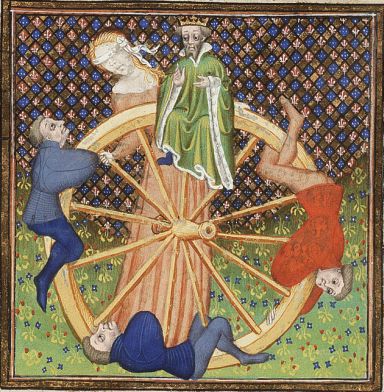
Shockingly, within five months of his marriage, Arthur was dead, and the royal household broken up. Katharine returned to London, and Margaret and Richard continued to divide their time between Stourton and Bockmer.
But Fortune's Wheel turned again - in October 1504, either just before, or just after, Margaret bore her last child, Geoffrey, Sir Richard Pole died, and Margaret was left a widow of small means and dangerous royal blood.
Lady Margaret Plantagenet
Family Tree
